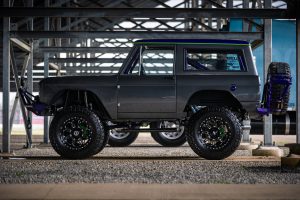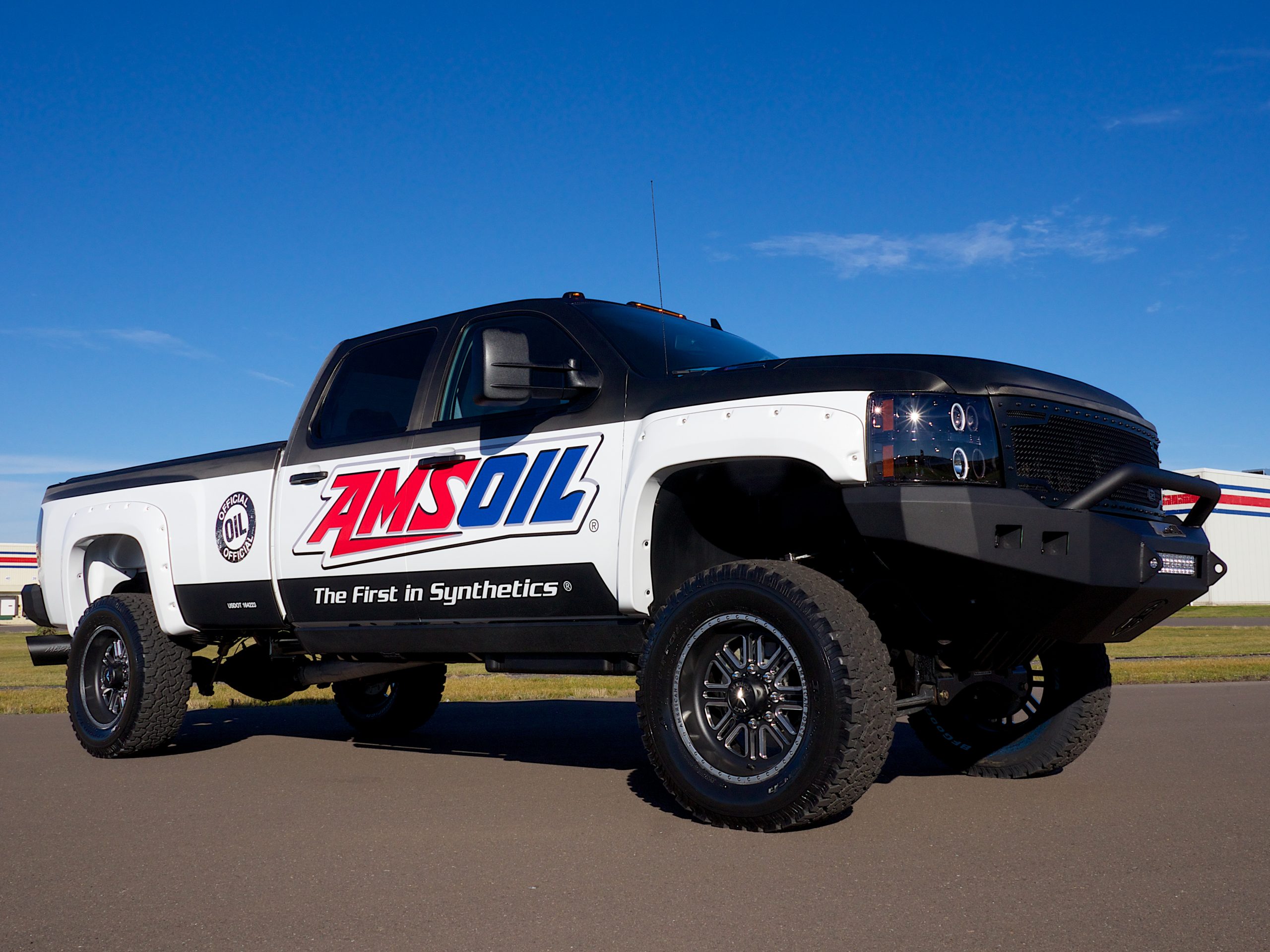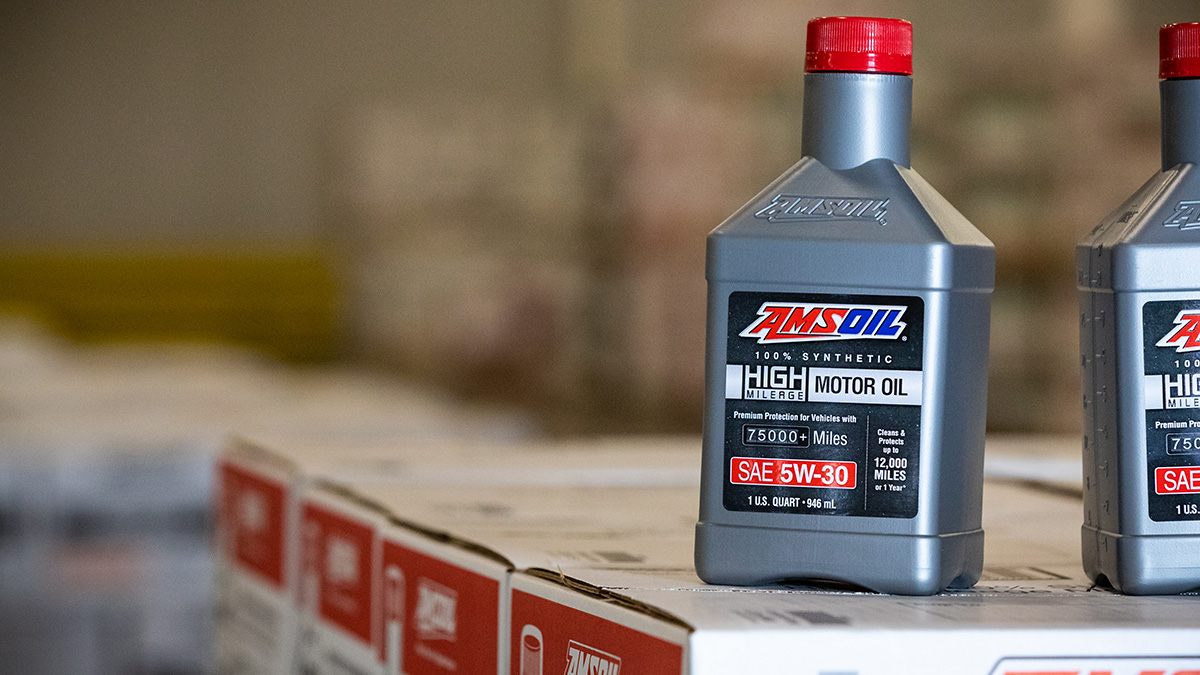What is the difference between all-wheel drive (AWD) and four-wheel drive (4WD) vehicles? And which is better? Choosing the best drive system – two-wheel, all-wheel or four-wheel – depends on how and where you use your vehicle. Both AWD and 4WD drive systems ensure that all four wheels receive power from the engine to help move the vehicle; but they deliver that torque in different ways.
Traction
Compared to two-wheel drives, all-wheel drive and four-wheel drive vehicles have additional components that add cost and weight. You pay more to drive them off the lot and to fill them up at the pump. Still, AWD or 4WD vehicles account for more than half the vehicles sold in the U.S. What’s the draw? Traction.
Daily commuters driving in from the suburbs may choose a two-wheel drive to reduce fuel expense and emissions. However, for those who live in wintery places or venture off road, the extra traction is valuable.
Between all-wheel and four-wheel drive, the best option depends on how and where you use your vehicle.
Versatile AWD
All-wheel drive is ideal for on-road use. These vehicles help you accelerate and keep moving in difficult driving conditions far better than rear- or front-wheel drive vehicles. The computer reads driving conditions from moment to moment and uses torque vectoring to optimize power distribution to each of the four wheels to prevent slip.

All-wheel-drive vehicles typically send power to the rear wheels for optimal fuel efficiency. However, during slick or snowy road conditions, the computer will redistribute engine power to help maintain traction.
Using AWD on pavement does not harm components because the systems are engineered to rotate the wheels at different speeds around corners. We will discuss that concept more a little later.
In addition, all-wheel drive tends to be cheaper, lighter and less complicated to use than four-wheel drive.
For these reasons, AWD is a better choice than 4WD for the average commuter who occasionally faces difficult driving conditions such as snowstorms.
Performance cars
Performance cars also use all-wheel drive. For example, with a car like the Porsche 918 Spyder, which hits 0-60 mph in a whiplash-inducing 2.2 seconds, AWD provides additional traction to support that rate of acceleration and improve handling through corners.
For the path less traveled
When conditions are at their toughest, such as deep snow or off-roading, nothing will get you through like a 4WD truck. However, four-wheel drive is not for everyday driving – it’s more like calling on Superman when you’re in distress.

For example, with a serious off-road vehicle like the classic Ford Bronco, putting it into four-wheel drive locks all four wheels together so they receive equal torque distribution and spin at the same speed no matter what. The system multiplies whatever traction is available and ensures that if one wheel is slipping the other three wheels are still moving the vehicle.
A 4WD puts more power to the ground. That can be a game changer in rugged driving conditions.
One weakness
As strong as they are, four-wheel drives have their own form of kryptonite. It has to do with cornering.
Through a turn, the outside wheels of a vehicle must travel around a bigger arc than the inside wheels. To keep up, the outside wheels have to spin faster. But the system we just described can’t do that. For example, if you lock our classic Ford Bronco into 4WD and make a U-turn on dry pavement you will feel the driveline bind up and the front tires hop and chirp. It’s unnerving and can cause damage to the drivetrain. Drivetrain binding isn’t an issue on soft or slick surfaces because the tires can more easily slip to stay in synch while turning. To solve the turning issue, trucks rely on differentials to allow wheels to turn at different speeds.
4WD differential systems
When driving in 4WD, torque is evenly distributed to both the front and rear axles. However, depending on how the vehicle is equipped, the differential on each axle determines how much power is sent to the individual wheels. There are three primary types of four-wheel-drive differential systems.
Open differentials
In an open-differential system, the wheel with the least amount of resistance receives all the power. That makes turning a non-issue, the outside wheel receives the power and the inside wheel rides along. However, when one wheel starts to spin due to slick conditions, all the power goes to it and the vehicle can get stuck.
Limited-slip differentials
Some four-wheel drives use limited-slip differentials to improve turning and retain traction. They function like an open differential until a loss of traction is detected. When one wheel starts to slip, clutch packs engage to send power to the wheel that has the most traction, temporarily locking the axle to turn both wheels at the same speed.
Locking differentials
On-demand four-wheel-drive systems use locking differentials. Once locked, both wheels on that axle receive the same distribution of power. There are three types of 4WD systems that lock all four wheels together: full-time 4WD, manual-locking hub and electronic-locking differential.
Limits to four-wheel power
Why do so many of these vehicles still end up in the ditch during snowstorms if they have better traction?
That’s a great question. As a rule of thumb, using 4WD and AWD will roughly double your traction during acceleration. And all-wheel drive generally does help with control through corners or slushy lane changes. However, only a good set of winter tires can help you hold the road, stop or rapidly swerve.
Protecting your AWD or 4WD drivetrain
Four-wheel drive and all-wheel drive vehicles have more components, often work harder and typically tackle more extreme driving conditions. You want to make sure you protect your investment by staying on top of maintenance for the entire drivetrain.
Transmission
The transmission houses the gears, clutches, solenoids and other components that select the proper gear for the driving conditions. Transmission-fluid change intervals vary depending on the vehicle and the mechanical stresses put on it. Check your owner’s manual for normal- and severe-service change-interval recommendations.
Read this post to learn more about how often to change your transmission fluid.
Transfer case
The transfer case distributes power to the front, rear or all four wheels when using 4WD or AWD.
You should change your transfer case fluid on a regular basis. Staying on top of maintenance will prevent the lubricant from degrading and guard against heat and gear wear. Most transfer cases require a transmission fluid while others call for a synchromesh fluid or gear oil.
Consult your owner’s manual or the AMSOIL Product Guide to find the recommended lubricant and drain intervals for your vehicle.
Front and rear differentials
Differential-fluid change intervals depend on your vehicle, normal driving conditions and fluid quality. You can probably get away with infrequent differential fluid changes if stick mostly to normal highway driving. But, if you tow or haul regularly, then you need to change differential fluid more often. Consult your owner’s manual to find the recommendations for normal- and severe-service differential fluid change intervals.
Check out this post to learn more about why those fluid-change intervals vary.
We recommend AMSOIL SEVERE GEAR® Synthetic Gear Lube for severe-service differentials. It maintains viscosity better than other conventional and synthetic gear lubes and contains advanced anti-wear additives for further protection.

All-wheel drive vs. four-wheel drive?
All-wheel drive and four-wheel drive vehicles offer traction and security that front- and rear-wheel-drive cars can’t touch. Choosing the right option for your driving habits – and taking care of the entire drivetrain after your purchase – will ensure you get the most from your investment.





Comments
Share: